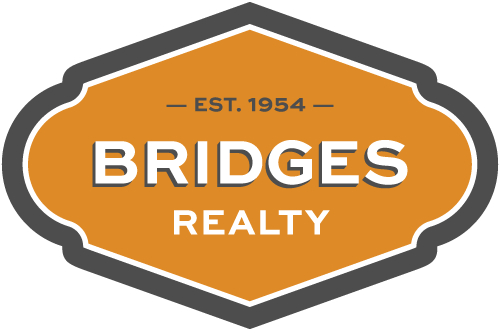The deadline for challenging your property tax assessment this year may be later than normal due to the stay at home orders, but when you are notified, you'll want to be ready to see whether you can save some money on property taxes.
Two elements determine the amount of property taxes you'll pay for the year: the assessment of value and the property tax rate. Both determinations occur long before the property tax statement is sent. Property owners are notified in writing what their assessed value is for the year. Most owners don't challenge that value even though it could lower their tax bill. Not all appeals are successful, but many homeowners believe it's worth the effort to try. Procedures for challenging the assessment and a filing deadline are usually included with the letter.
The first step is to determine the accuracy of the information on your property's record, such as market value and square footage. If the record shows higher square footage than your home is, it can cause the value to be higher than it should be. Even though it may not be required, an appraisal could be used as proof of the square footage and value by an independent party.
Recent comparable sales are used by assessors to determine the market value of a property but are usually not identified in the property record. Property owners can research comparable sales that indicate a lower value and submit them to the assessor's office either informally or in a challenge hearing.
It's essential that the properties proposed to establish the value of the subject property are recent, comparable in size, condition, amenities, and in the same area.
There are companies that will represent the owner to lower their assessment. The fee charged is usually a percentage of the taxes saved.
We’re happy to be a source of information and help guide you through the process. Call us at (479) 575-0000 for more information and a list of comparable sales.

